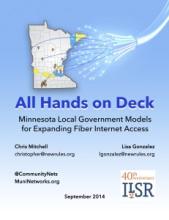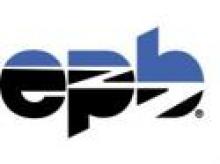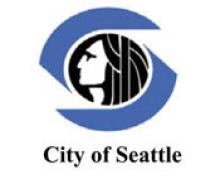Public or Private Ownership? Community Broadband Bits Episode 132

Ever since the last time I spoke with Blair Levin on Episode 37, I have wanted to have him back for a friendly discussion about public or private ownership of next generation networks. Though Blair and I entirely agree that local governments should be free to decide locally whether a community broadband network investment is a wise choice, he tends to see more promise in partnerships or other private approaches whereas we at ILSR tend to be concerned about the long term implications of private ownership of essential infrastructure. In what may be the longest interview we have done, Blair and I discuss where we agree and how we differ.
We weren't looking to prove the other wrong so much as illustrate our different points of view so listeners can evaluate our sides. Ultimately, we both believe in a United States where communities can choose between both models -- and some may even seek solutions that incorporate both. Blair Levin was the FCC Chief of Staff when Reed Hundt was Chair and was instrumental in forming Gig.U. In between, he did a lot of things, including being Executive Director for the FCC's National Broadband Plan. He is currently with the Metropolitan Project at Brookings.
This show is 37 minutes long and can be played on this page or via Apple Podcasts or the tool of your choice using this feed.
Transcript below.
We want your feedback and suggestions for the show-please e-mail us or leave a comment below.
Listen to other episodes here or view all episodes in our index. See other podcasts from the Institute for Local Self-Reliance here.
Thanks to Dickey F for the music, licensed using Creative Commons. The song is "Florida Mama."





